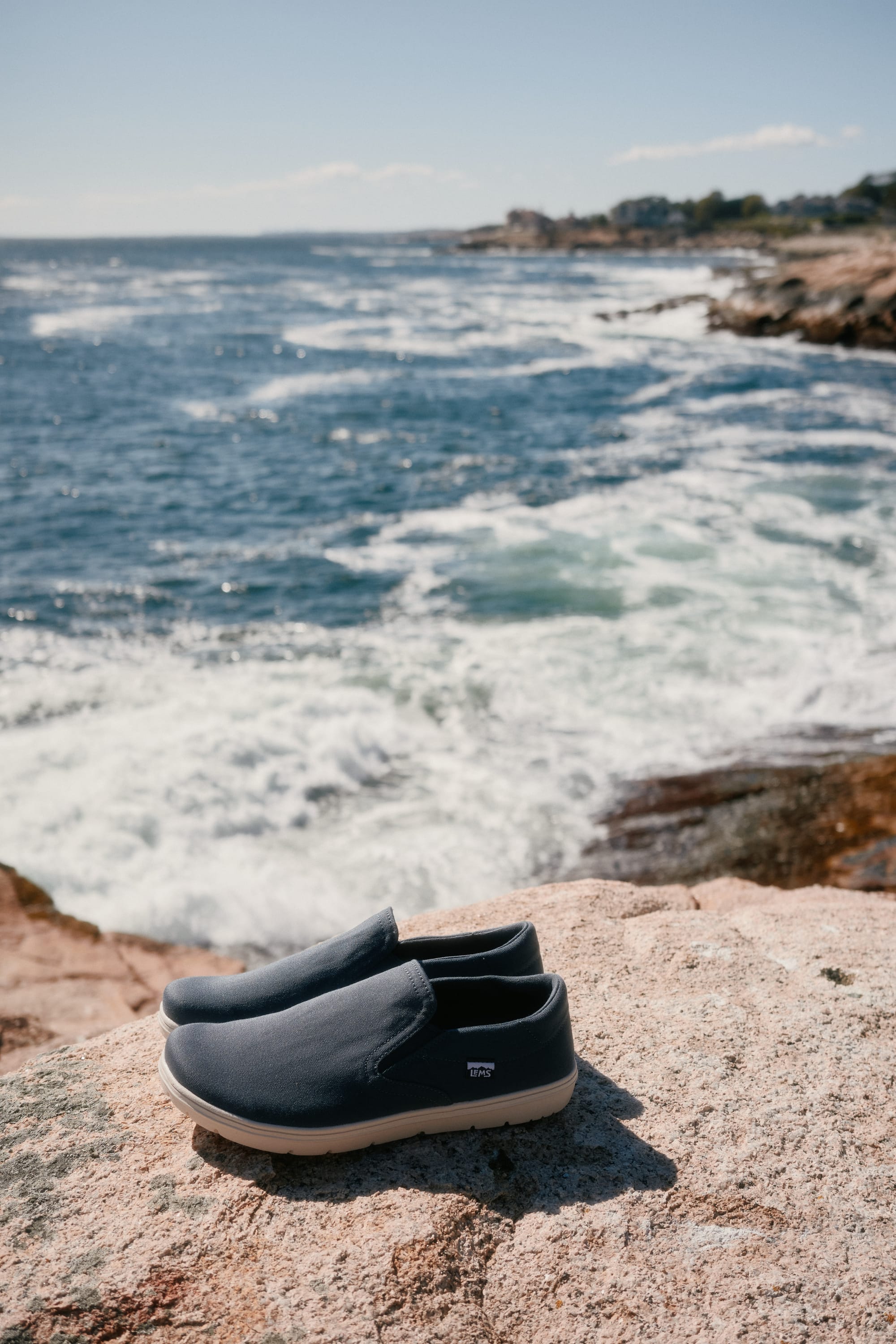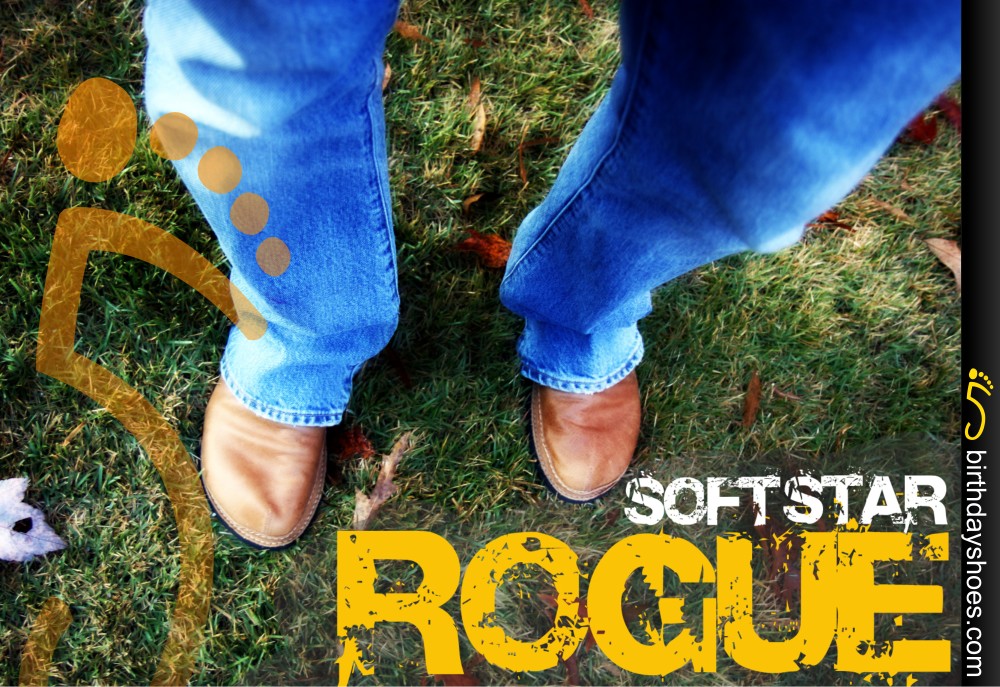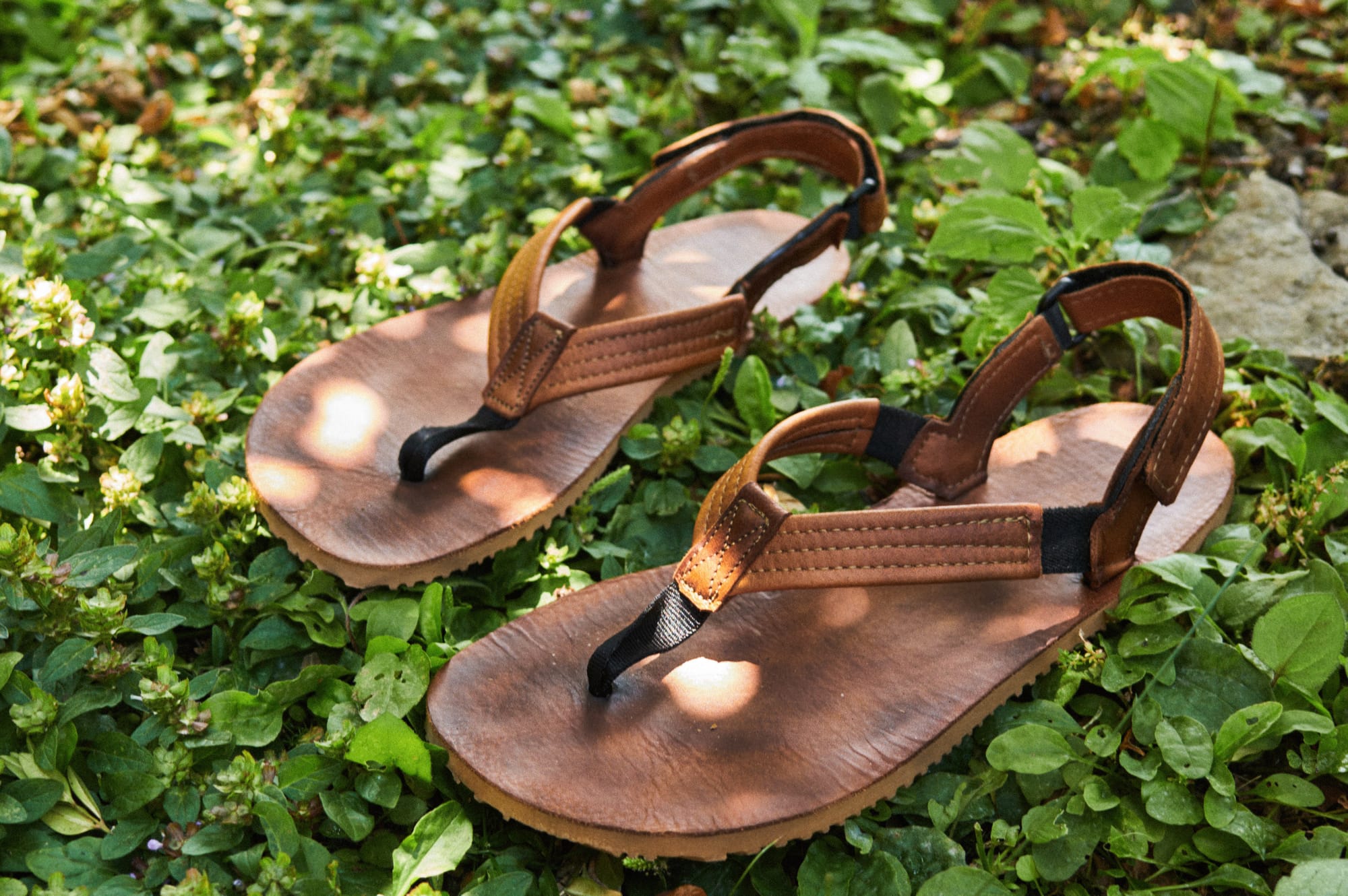Xero Shoes Amuri Z-Trek Review
The Amuri Z-Trek from Xeroshoes provides a toepost-less design that is very comfortable, durable, and easy to adjust. In my opinion, the Z-Trek is Xeroshoes best sandal to date and one of the easiest huaraches to simply slip on and get running! About…
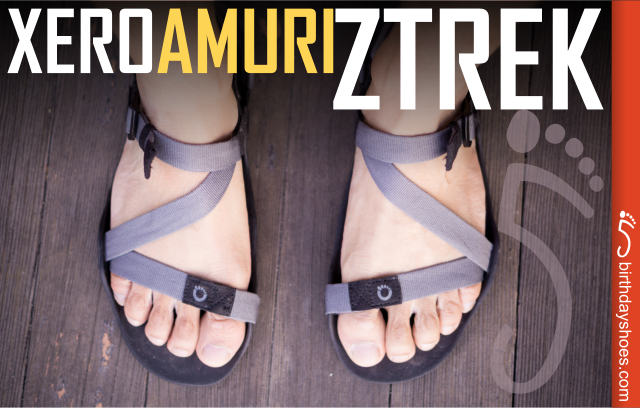
The Amuri Z-Trek from Xeroshoes provides a toepost-less design that is very comfortable, durable, and easy to adjust. In my opinion, the Z-Trek is Xeroshoes best sandal to date and one of the easiest huaraches to simply slip on and get running!
Read on for my full review!
About the Xero Shoes Amuri Z-Trek
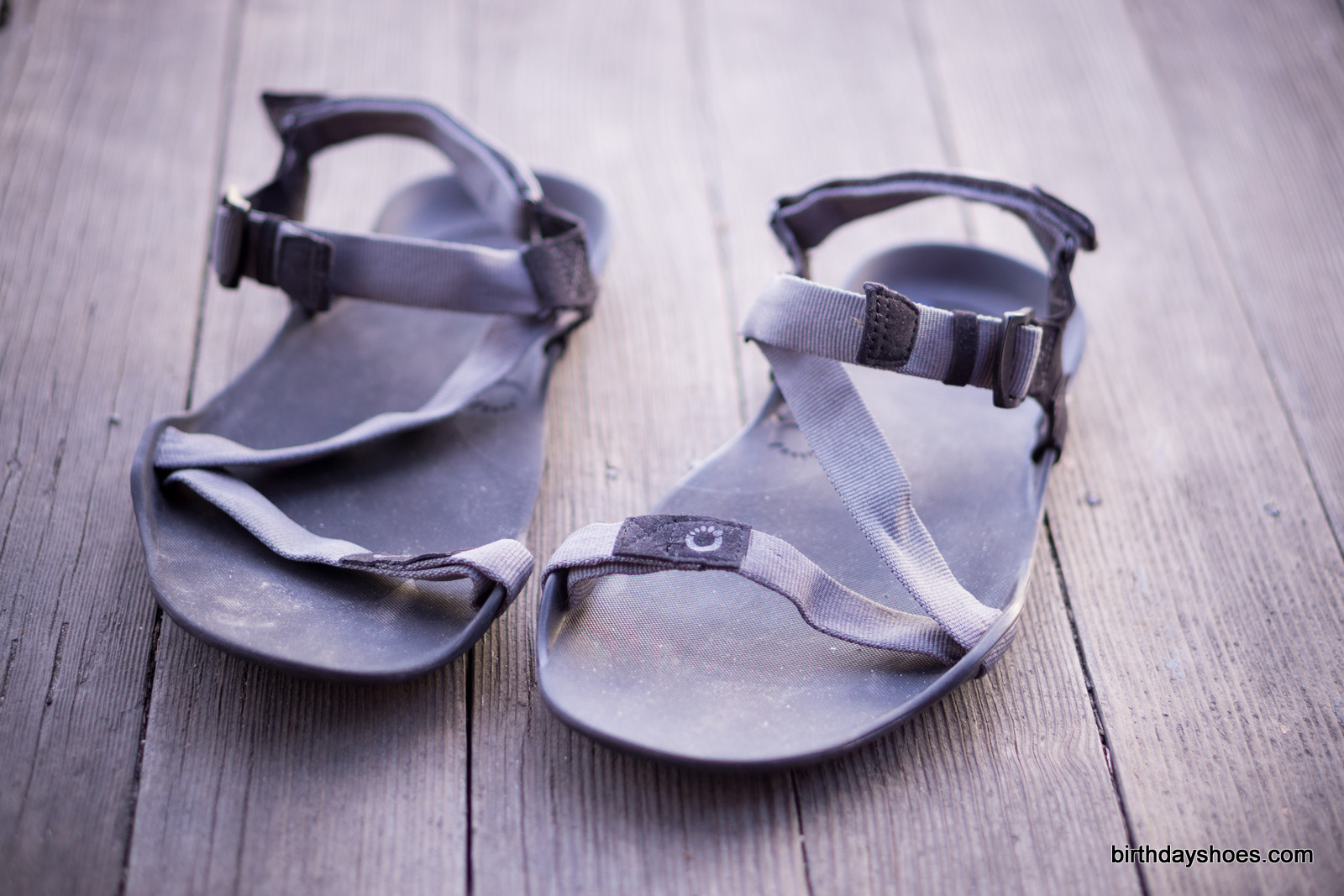
Here's what Xeroshoes says:
Great protection, natural movement, secure fit, light weight, zero-drop, and a familiar easy-to-fit style. That’s what makes the Z-Trek “the ultimate sport sandal.”
Weight — 7.25 oz (Mens size 9)
Total Stack Height — 5.5mm (all “FeelTrue” rubber)
Pros —
- Very flexible sole
- Easy-to-use strapping system
- 5,000 mile warranty
- Comfortable webbing
- Toepost-less design
- Anchor points do not touch the ground
Cons —
- Heavier than other sandals on the market
- Sole is “slappier” than most (but less slappy then other Amuri sandals)
- “Average” foot shape is not appropriate for wide feet
- Unecessary heel cup
Barefoot Scale — With a flexible 5.5mm sole, the Amuri Z Trek is great for experienced minimalist runners and excellent for hikers/campers of all skill levels.
Here's a look at the sandals:
Sole
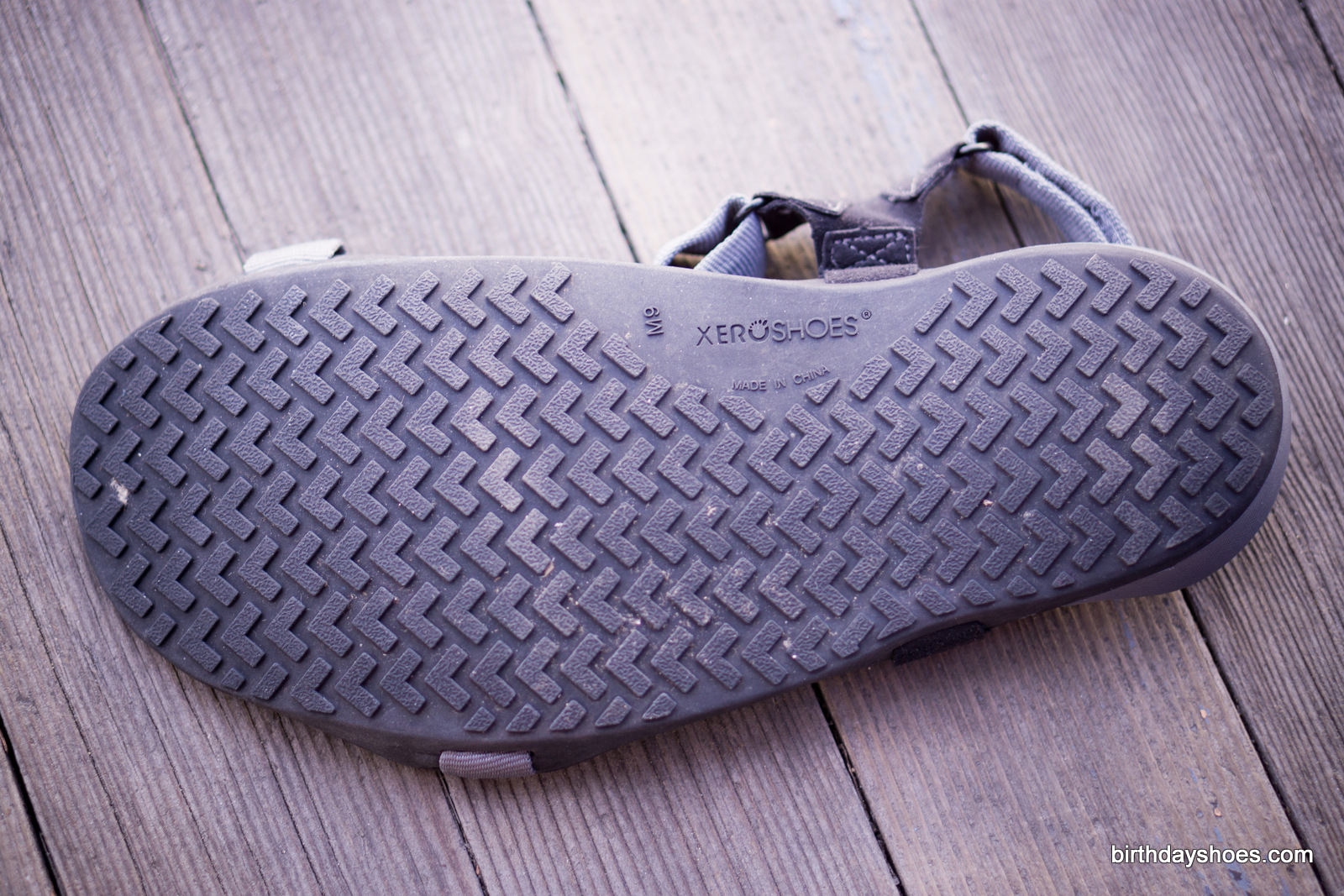
The Amuri Z-Trek uses a 5.5mm, Xero Shoes exclusive, FeelTrue rubber sole. The sole itself is very flexible, dense, somewhat heavy, and provides excellent ground feel.
Xero Shoes has been using this sole for a couple of years and all shoes made with this material have a 5,000-mile warranty.
Unlike most soles in the barefoot sandal market, the FeelTrue sole is not a flat slab of rubber. Instead, all FeelTrue soles from the DIY sandal line to the entire range of Amuri sandals (Venture, Cloud, and now the Z-Trek) feature a hint of toe spring (seen here), a subtle arch (here) and heel cup (here), and elevated anchor points for straps and webbing. The countered sections below the heel, arch, and toes do not provide any structural support, but are engineered to hug your foot during movement.
Traction is very good with this sole. The bottom is covered chevron arrows that are oriented forward in the top 70% of the sole for uphill grip, while the bottom 30% of the sole features downward facing arrows for downhill stability and confidence.
The chevron claws are sized right: deep enough to dig into dirt, mud, and rocks, but not too deep as to prevent a smooth ride on tarmac.
A true all-terrain sole.
Out of all the sandals and shoes that I’ve tested in the last few years, I have found that FeelTrue soles are among the most durable that I have experienced, showing very little wear over hundreds of miles. The super dense rubber in the FeelTrue sole really does provide enough staying power to reach that 5,000 mile warranty. This durability, while excellent, does come with a couple of drawbacks in terms of weight, comfort, and “sandal slap”.
About that weight — The density of the sole adds a noticeable amount of weight compared to other sandals. Compared to the Unshoes Pah Tempe, which has a similar design and thicker straps, the Amuri Z-Trek is 2 oz heavier at 7.25 oz vs 5.4 oz (we’ll talk more about the Pah Tempe later). At 7.25 oz for just one foot, the Z-Treks are heavier than a Bikila EVO (and even the heavier Bikila LS), the 11mm heavy-trail Shamma Sandals Mountain Goats, and both the left and right shoe of a KSO EVO or a pair of Gladsoles.
This makes the Z-Treks the heaviest running shoe/sandal in my collection. Mind, it's worth noting that Xero Shoes isn't marketing the Amuri Z-Trek as a running sandal per se but a "sports sandal."
Meanwhile, the weight is not very noticeable and does not detract from their function. Anyone transitioning from a traditional Chaco-style sandal will find the Z-Trek incredibly lightweight and a breath of fresh air! By comparison, the Universal Orignal Teva sandal weighs 10 oz.
Typically, there is a compromise between pure rubber and foam in terms of sole construction. Using more rubber provides better durability and grip in a denser sole, while more foam will give better comfort and quietness in a less dense sole. I’m not talking about comfort as in cushioning—we are talking about soles between 3-8mm thick for most running sandals—but materials that use more foam will conform to your foot more quickly and be more comfortable to land on than those with more rubber, but this softness comes at the cost of durability and a softer sole material will begin to break down earlier than something denser, such as FeelTrue soles.
In my experience, I have found FeelTrue soles to be slightly “slappier” than other sandals and this is because they are simply denser than most soles on the market. Of course, this does not mean that the Z-Trek is a loud sandal by any means. With a proper running form, all sandals are much quieter. Landing below the center of gravity, maintaining bent knees, and light forefoot or midfoot strikes will go a long way to make your runs more silent. However, compared to other soles, the FeelTrue sole is louder by comparison.
Since the Z-Treks can be pretty slappy and its dense sole is not very forgiving, the Z-Treks are an excellent tool for teaching good running form. The dense naked rubber requires soft landings, but I suspect a “Z-Trek Cloud” is right around the corner to provide a bit of comfort and shave off some weight.
Interestingly enough, the Z-Treks are a bit quieter than other Amuri sandals, such as the Amuri Venture and Cloud. This is most likely because the Z-Trek is a more stable sandal than its sister huarache-inspired sandals because of its anchor points and toepost-less design.
Sizing
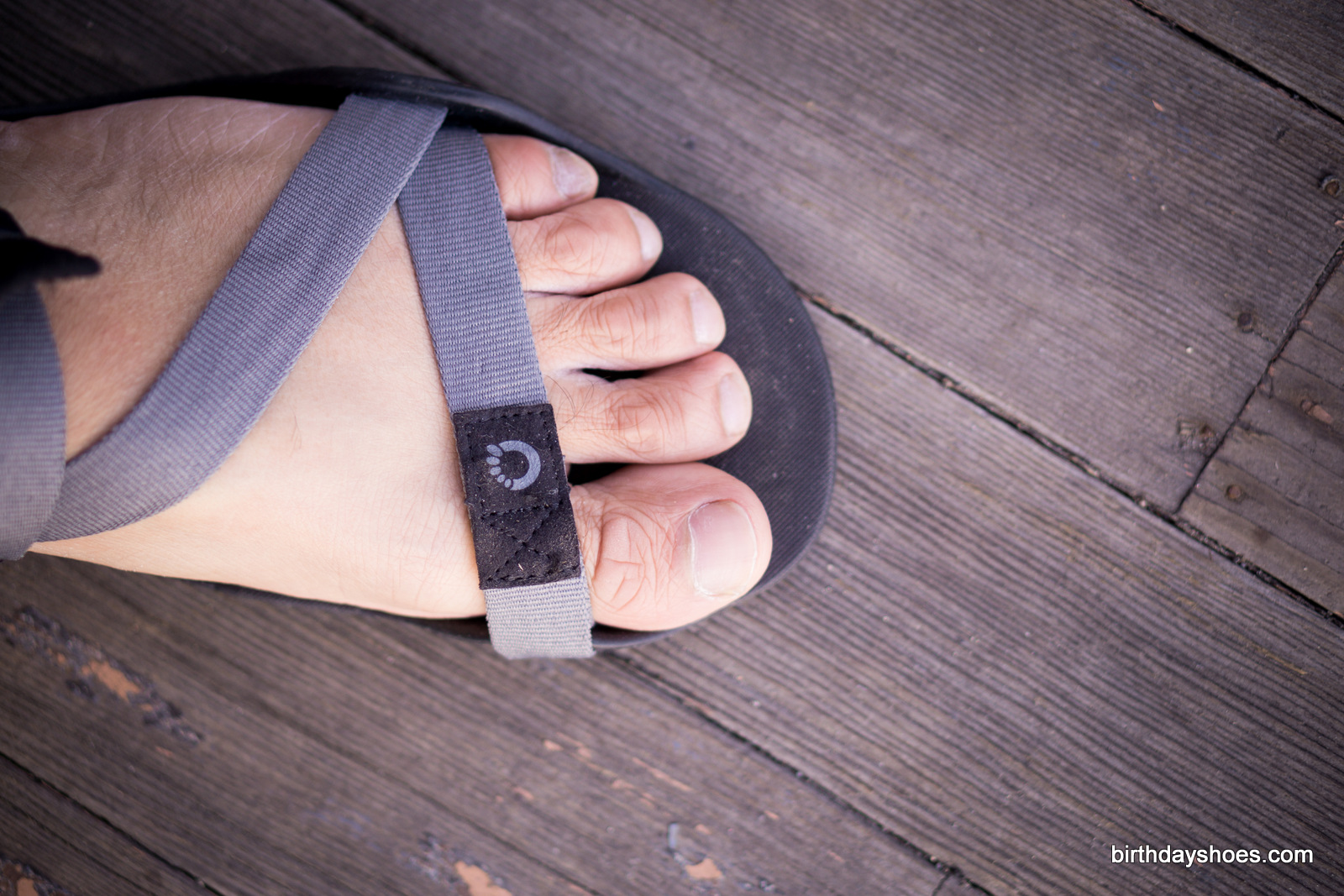
Sandal-makers typically fall into three camps when it comes to sizing options:
- Different sizes based upon a single foot shape (typical of most shoes)
- Different sizes using multiple foot shapes (Unshoes is an excellent example of this method of sizing)
- Custom sizing for sandals using a tracing of one’s foot (Gladsoles and the original custom Xero Shoes are good examples of this)
The Amuri Z-Trek is produced with a single shape across all sizes.
Well, technically two shapes: one for men and another—slightly narrower—for women.
The Amuri Z-Trek is sized right; there is no need to size up or down to fit Xero Shoes and the sandal form factor is accommodating to a variety of foot types and volumes.
However, if you have wide feet like mine, you may have some difficulty with the Z-Trek for a number of reasons.
For me, the overall shape of the sandal was too narrow around the toe area and the toepost-less design of the Z-Trek requires anchor points for it’s webbing over and across your toes. Since the anchor points are placed high off the ground for durability, they form a wall of rubber to the left and right of your toes. This wall causes my big and pinky toes to squeeze and rub against the rubber inside of the sandal.
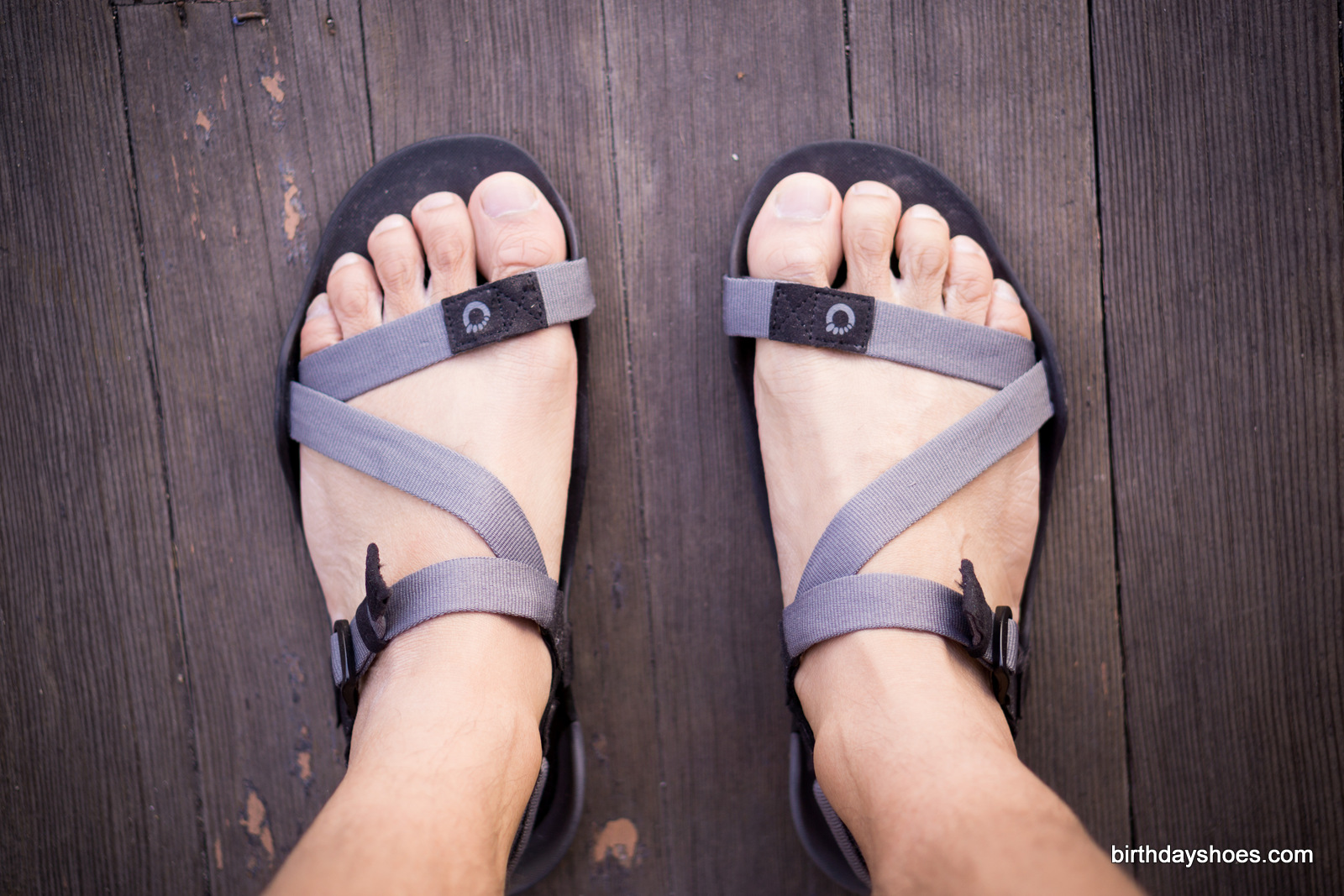
Of course, this issue will only affect individuals with really wide feet and is not as big of an issue with the Amuri Venture and Amuri Cloud sandals as they anchor their straps with a traditional countersunk toepost. If you find that the overall shape of the Z-Trek is too narrow and your toes are being “walled in” when your toes splay on ground contact, you may find better luck with the other Amuri sandals, which are less constricting, despite also being molded with an “average” foot shape.
Fit and Materials
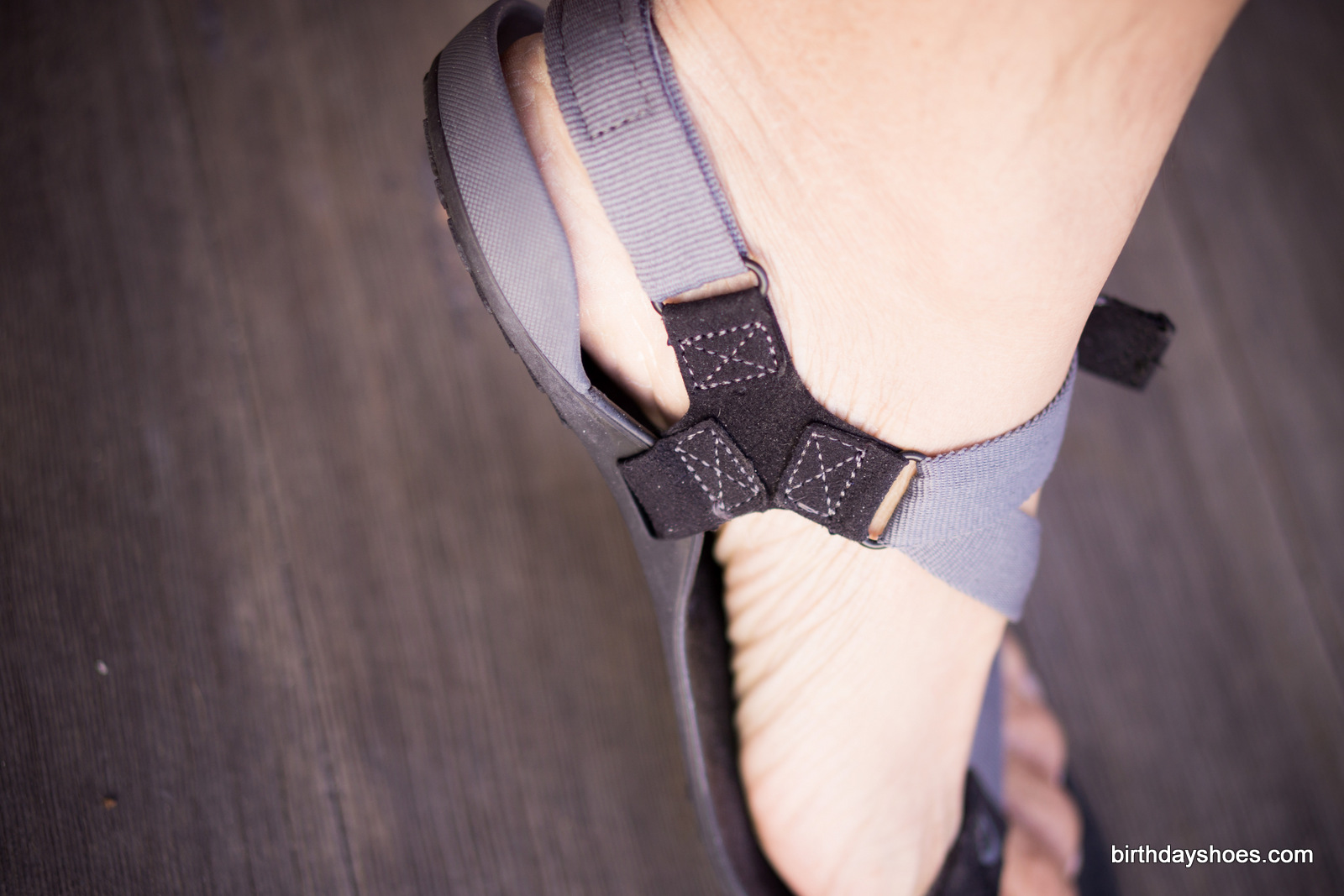
The Z-Trek is one of the most comfortable sandals I have ever worn. The toepost-less design makes for a very stable ride and the webbing is softer than the ballistic nylon straps used by most other sandalmakers. In fact, non-runners will find that this “minimalist” sandal is actually more comfortable than their favorite clunky sandal by a wide margin and minimalist devotees that have toepost issues will find the Z-Trek to be an excellent alternative to traditional running sandals (again, this applies for individuals with narrow-to-average foot shapes).
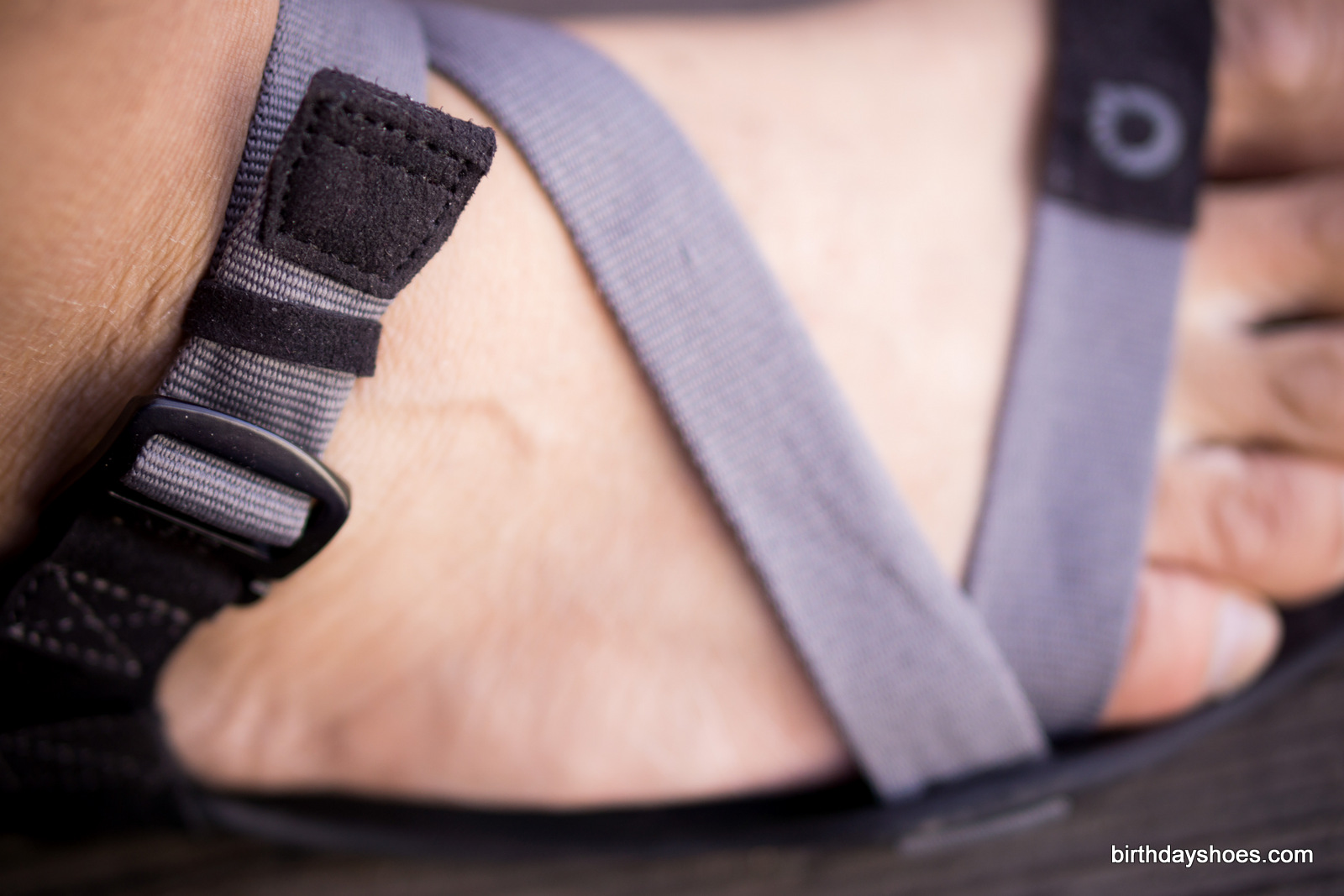
A lot of thought and polish was put into the construction of the Z-Trek. All of the anchor points are off the ground to enhance the durability of the straps and adjustments can be quickly made in two places: the top of the sandal (the “Z” portion) with a simple pull tab and strap keeper bungee, and around the back of the heel with a Velcro strap.
This Velcro strap goes a long way in improving the fit of the Z-Trek over other Amuri Sandals as you can tighten the front/top of the sandal AND the back of the sandal independently. The two strap sections are anchored along the sides of the foot with plush Y-shaped connectors, making the construction feel both secure like a shoe, yet open like a sandal, all at the same time.
As a bonus, the strap buckles and rings are made of metal, not plastic—adding to the durability of the sandal.
The zig-zagging “Z” webbing wraps around the front of the ankle, crisscrosses over the entire foot and once again across the top of the toes. This provides a stable ride across a large surface area, distributing weight far better than a with a single toe strap found in most sandals and provides an assured feeling on smooth roads, rocky trails, and in even the water.
The webbing itself is soft to the touch, unlike most webbing found in running sandals. While it may not be a tough as thicker, coarser straps found in other sandals, the elevated anchor points will go a long way in contributing to the durability of the Z-Trek.
Like the Amuri Venture and Cloud, the back of the Z-Trek features a rubber heel cup. This heel cup is advertised a feature that helps with stability and keeping stuff out, but I found that the cup adds unnecessary weight to a sandal that is already not exactly the lightest option for runners. In reading some message boards and reviews concerning the Amuri line of sandals, many people have opted to simply cut out the heel cup and I may decide to do the same. The Velcro heel straps do a fantastic job of keeping your foot in place, so the actual use and purpose of the heelcup is very limited, in my opinion.
Comparison with the Unshoes Pah Tempe
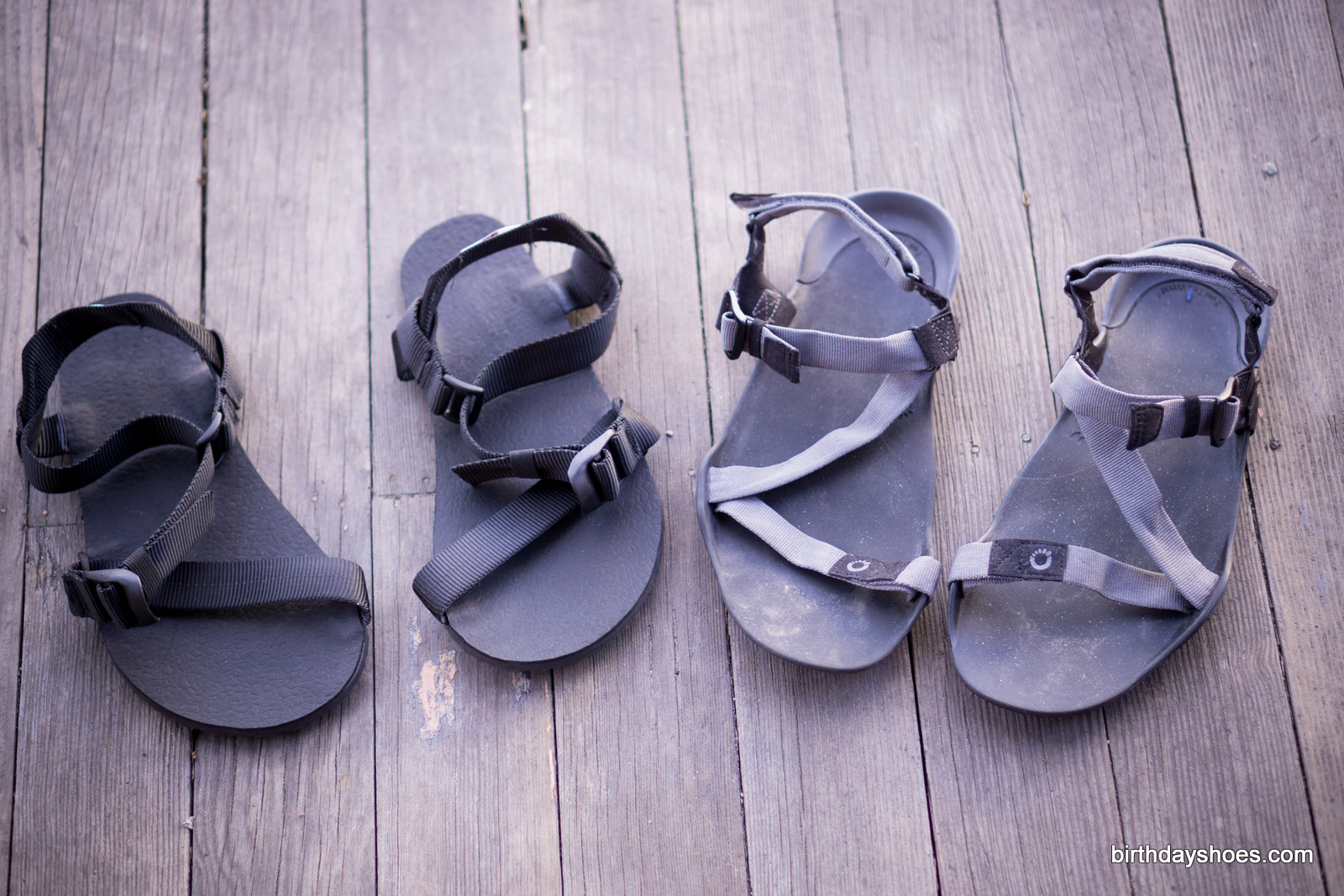
Here's the Pah Tempe:
Here are some comparison photos:
This was inevitable.
At first glance, the Amuri Z-Trek shares a passing resemblance to the popular Pah Tempe running sandal from Unshoes.
The Pah Tempe was one of the first sandal designs to get rid of its toepost and while the two sandals may look very similar, they are actually quite different.
The Pah Tempe, like other Unshoes sandals, has many different shapes to find the best fit, while the Z-Trek has only the two shapes—one for men and one for women. Both sandals have sizing templates online so you can print out and test with your feet on the floor. Currently, the Pah Tempe in its latest generation has six templates/shapes for each size.
I’m, unsurprisingly, the widest shape and this is a near-perfect fit. It’s honestly the next best thing to have a custom-cut sandal. However, Xero Shoes was very careful in choosing its final foot shape for the Z-Trek. It should fit a large number of runners and adequately fit most of the remaining population, but those with wide feet like mine may find the shape a bit too narrow for complete toe splay upon landing.
If you look at some of the photos, you will notice that my toes are somewhat cramped in the rubber walls of the Z-Trek, but the widest Pah Tempe shape fits me perfectly.
In terms of weight, the Z-Trek weighs quite a bit more at 7.25 oz versus the 5.4 oz Pah Tempe (both in a men’s size 9) and its sole is a bit denser than the newly updated Unshoes sole. Between the two, the new “suction cup” treads on the Pah Tempe are a bit more aggressive than the chevron arrows found in the Z-Trek, providing improved grip over previous generations of the Pah Tempe.
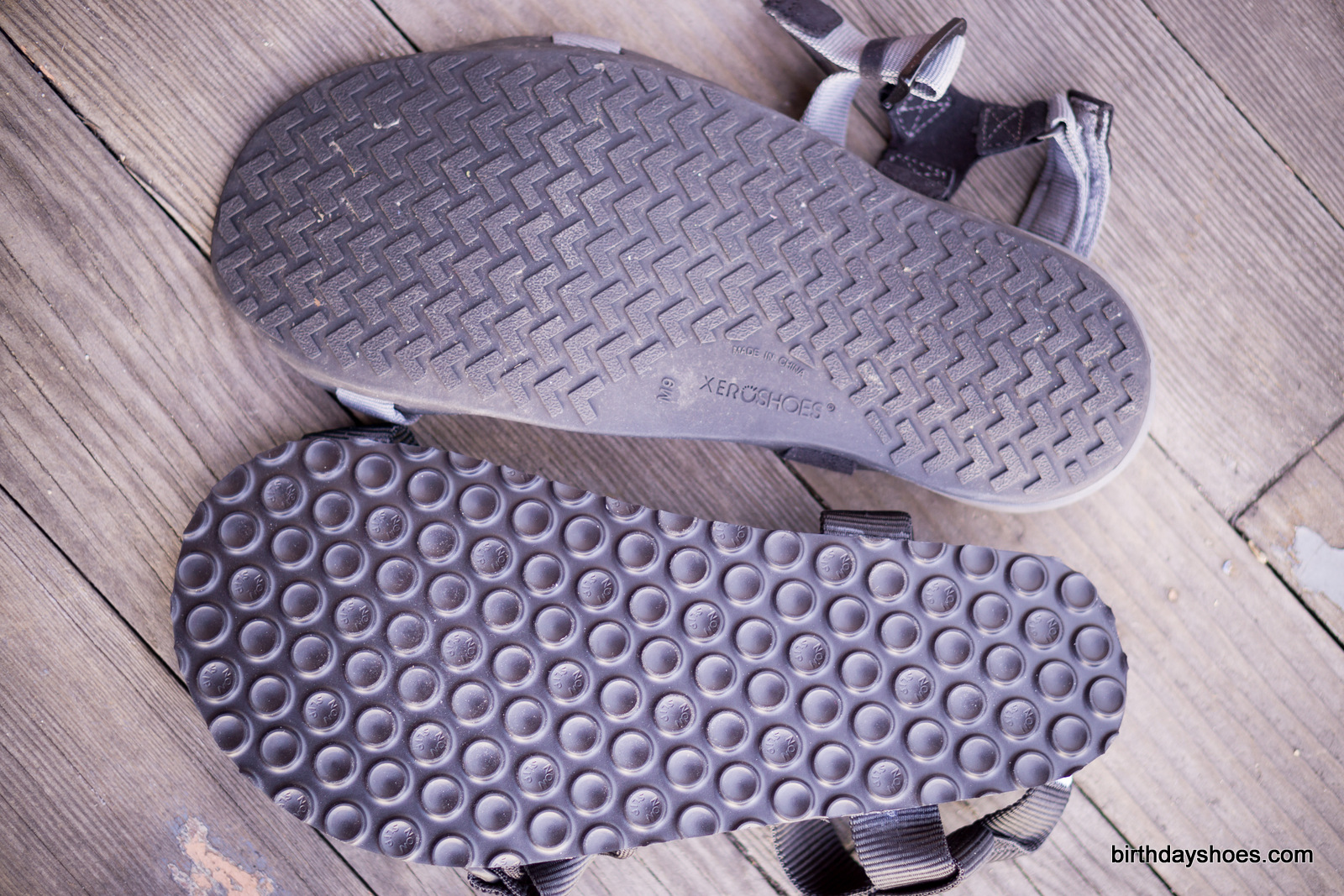
While the Z-Trek features two independent adjustments in its straps—a pull-loop for the front and top of the sandal and a Velcro strap for the back of the heel—the Pah Tempe uses a single strap throughout its entire design.
This single loop design in the Pah Tempe is self-adjusting. Once you tighten the strap at one point, the tension equalizes across the entire fit of the sandal. This makes the Pah Tempe very versatile and “loadable” regardless of direction, pace, or incline.
However, if you are very nit-picky about your fit, then you will find more adjustability with the Z-Trek. You can dial in an exact fit with each of the independent straps. Perhaps you would like a very tight heel section, but a looser toe area? Not a problem! There’s a great deal of customization to the fit with the Z-Treks with its velcro and loop strap combination.
In any case, both sandals have been thoughtfully engineered to have all of their straps and anchors above the ground. Many sandals have straps that loop around the outside of their soles and make contact with the ground with every step. With the straps above the ground, both the Pah Tempe and Z-Trek have fantastic durability. The Z-Trek’s straps are looped through rubber walls around the perimeter of the sandal, while the straps in the latest Pah Tempe (and all Unshoes sandals now feature this rivitless design) are sewn into a mid-layer and reinforce glued between the sole and the EVA layers.
The Pah Tempe has two sole options and three footbeds to choose from while the Z-Trek (for now) is only offered in a single flavor. The Pah Tempe can be equipped with either a 4mm or 6mm Unshoes sole with a choice of either a 1mm EVA footbed, a 3mm ground cork/eva hybrid footbed, and a 4mm "super" cork/eva footbed. These options, coupled with the myriad of sole shapes, make the Pah Tempe very customizable to the needs of the user.
If you want more sole material for either extra cushioning or rougher terrain? Go with the thicker sole or the “super” footbed.
If you are rubber sensitive or looking for a more water-ready shoe? Get the EVA/Cork hybrid footbed.
Want the lightest, fastest combination for a true runner’s sandal? 4mm+1mm EVA is for you.
The 4mm sole and 1mm EVA footbed combination is the closest to the Z-Trek in terms of thickness, but the EVA footbed provides a slight bit of comfort during runs and prevents rubbing, while the Z-Trek is all rubber, forcing you to be a bit more careful with your steps.
However, despite similar thickness with the Pah Tempe in the 4mm sole+1mm EVA configuration, the Z-Trek is the more flexible of the two. Both can be rolled into a ball, but the Z-Trek makes it easier to perform that minimalist parlor trick.
Between the two, I would say that the Pah Tempe is the runner’s sandal, especially if you are picky about the shape of your shoes as I am, while the Z-Trek is the easier sandal to wear, especially for those who are picky about their fit.
Summary
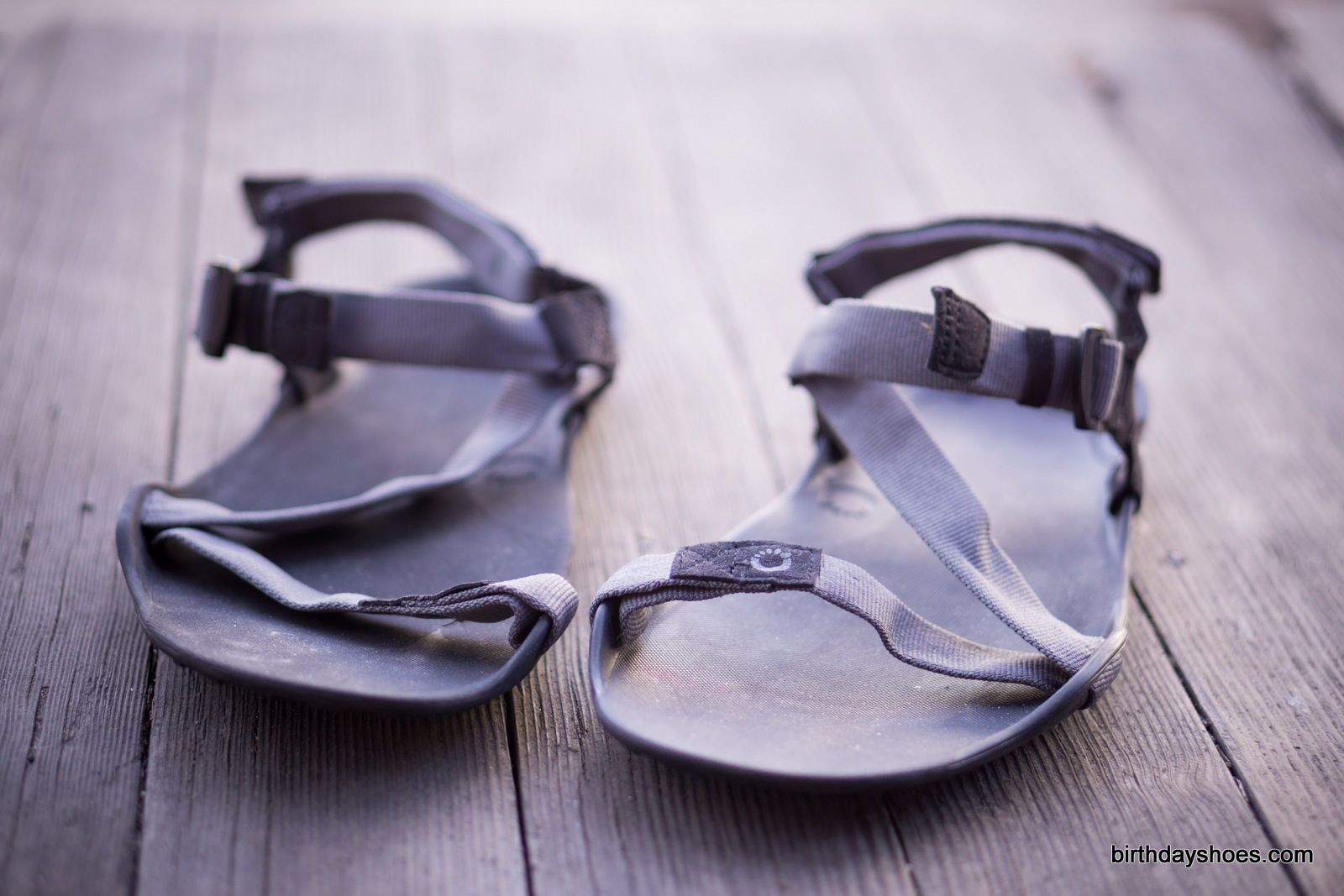
The Amuri Z-Trek is an excellent addition to the popular Amuri lineup from Xero Shoes. It’s a very versatile and stable platform for hiking, enjoying the sun, and running. If your feet fall within its average foot shape, you should definitely check them out. The toepost-less design of the Z-Trek brings many advantages over the toepost-featured Amuri sandals. They run for $59.99 and can be picked up at XeroShoes.com (women's).
The Z-Trek is not the only toepost-less sandal on the block, nor is it the lightest sandal on the market, but the Z-trek brings its own interpretation of the design and is easily Xero Shoes’ best sandal to date.

